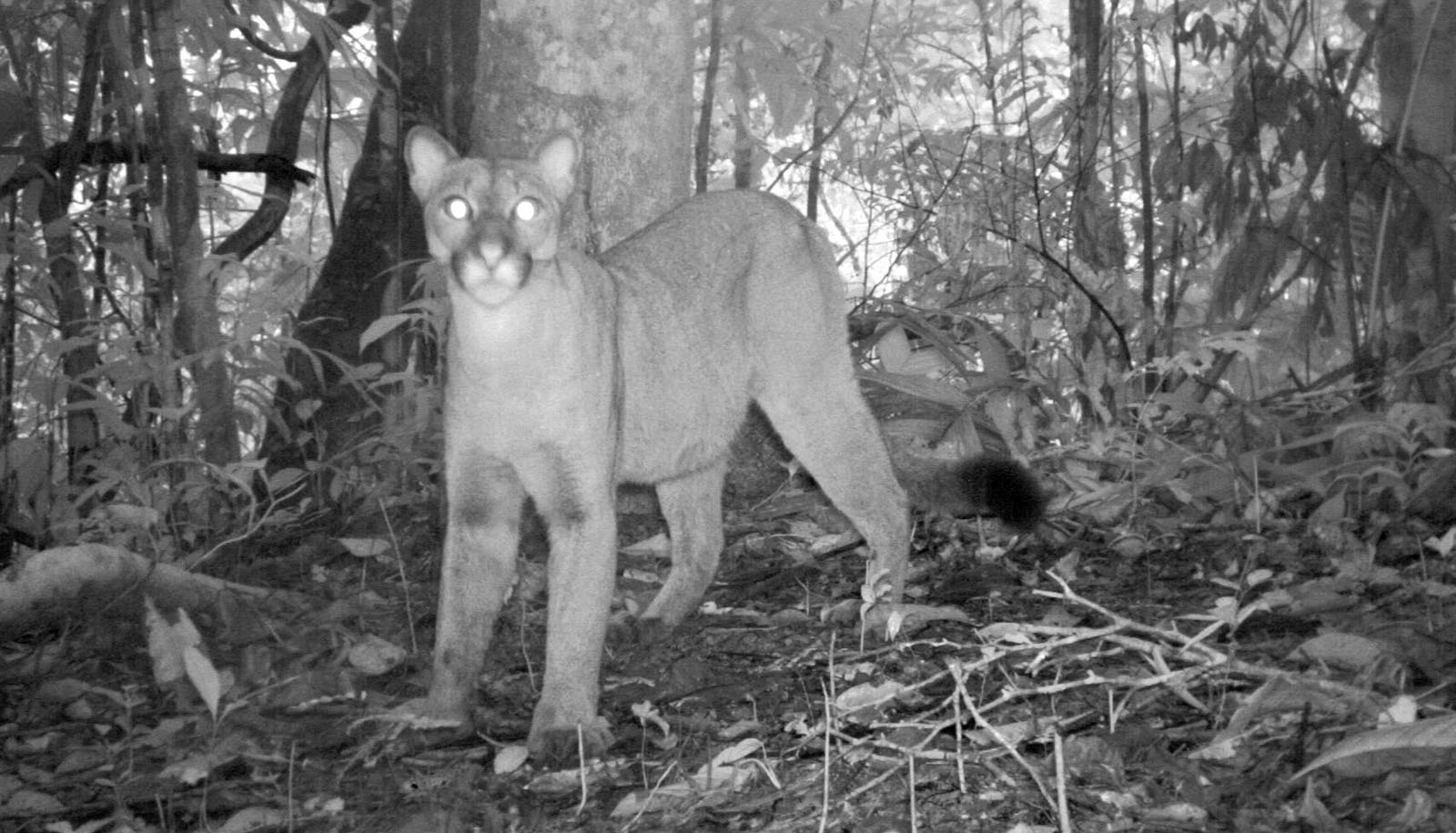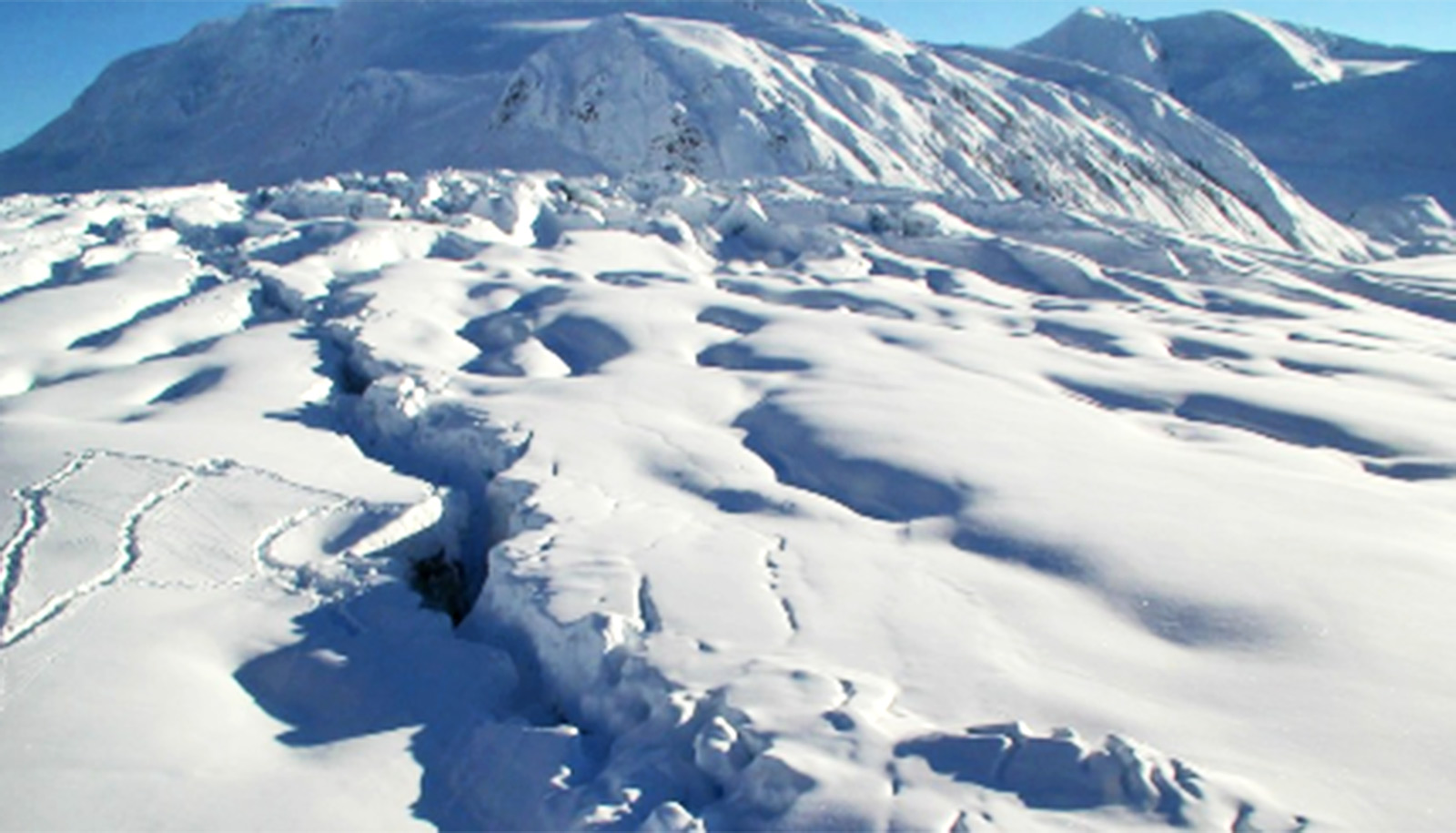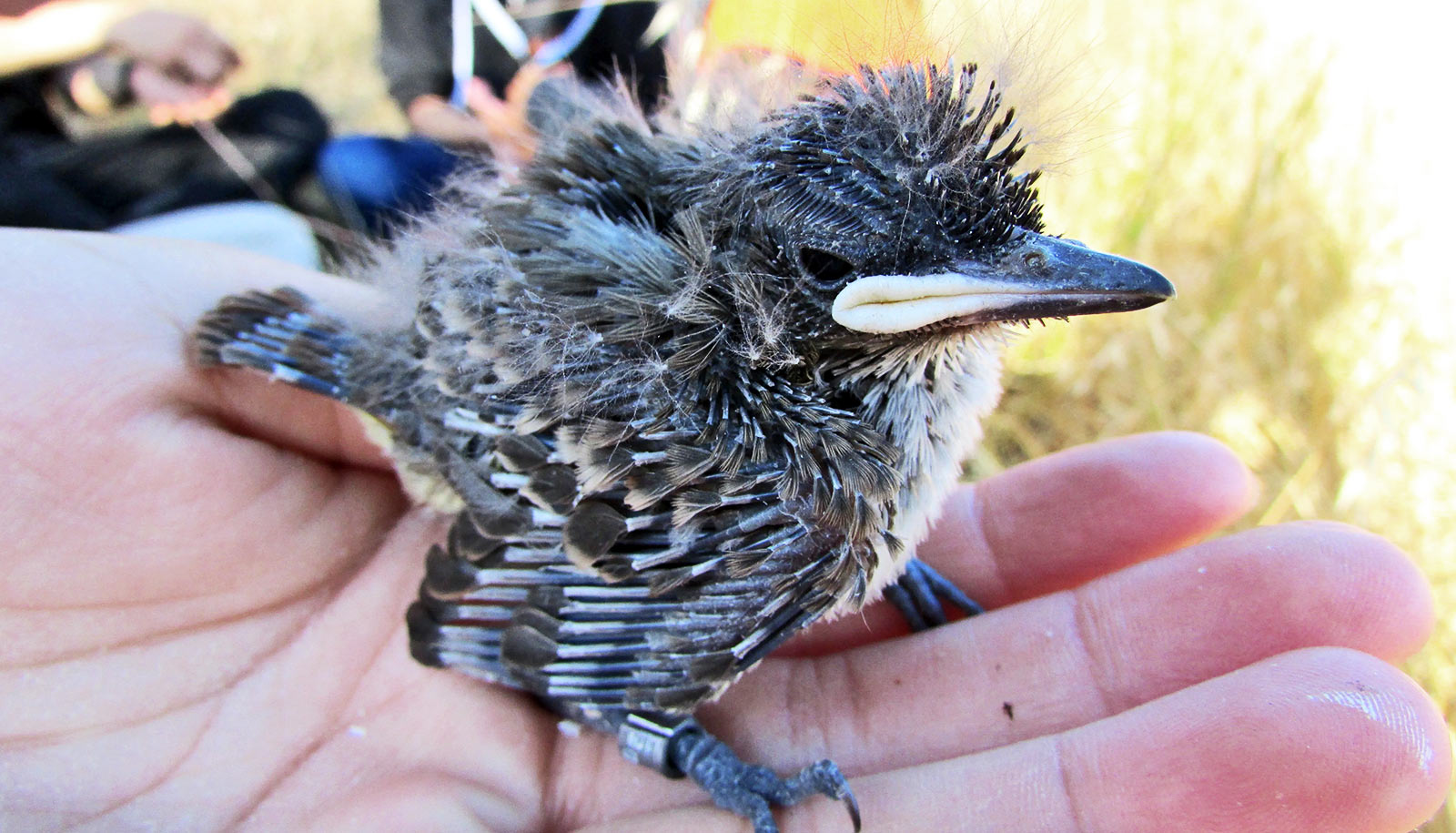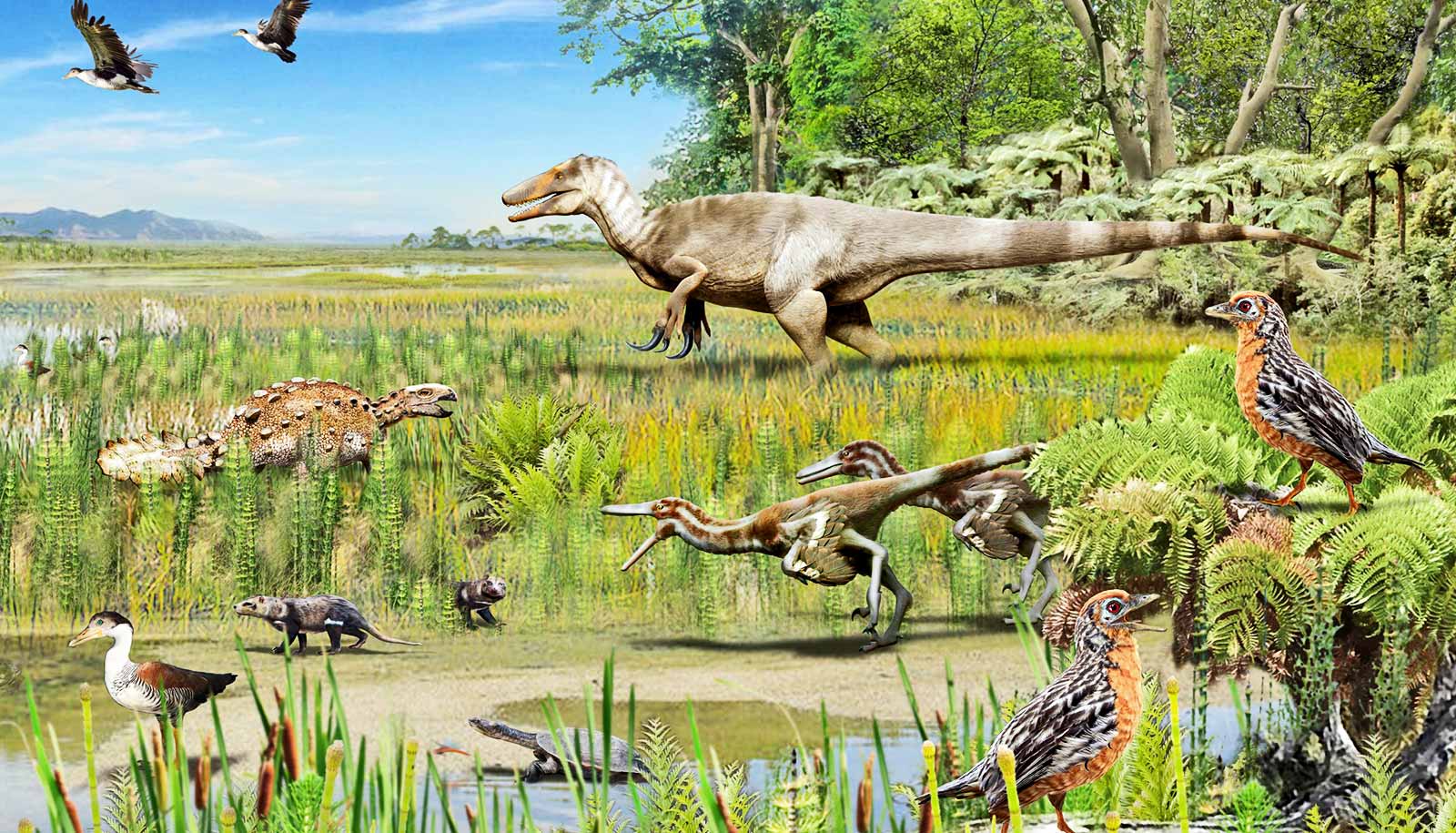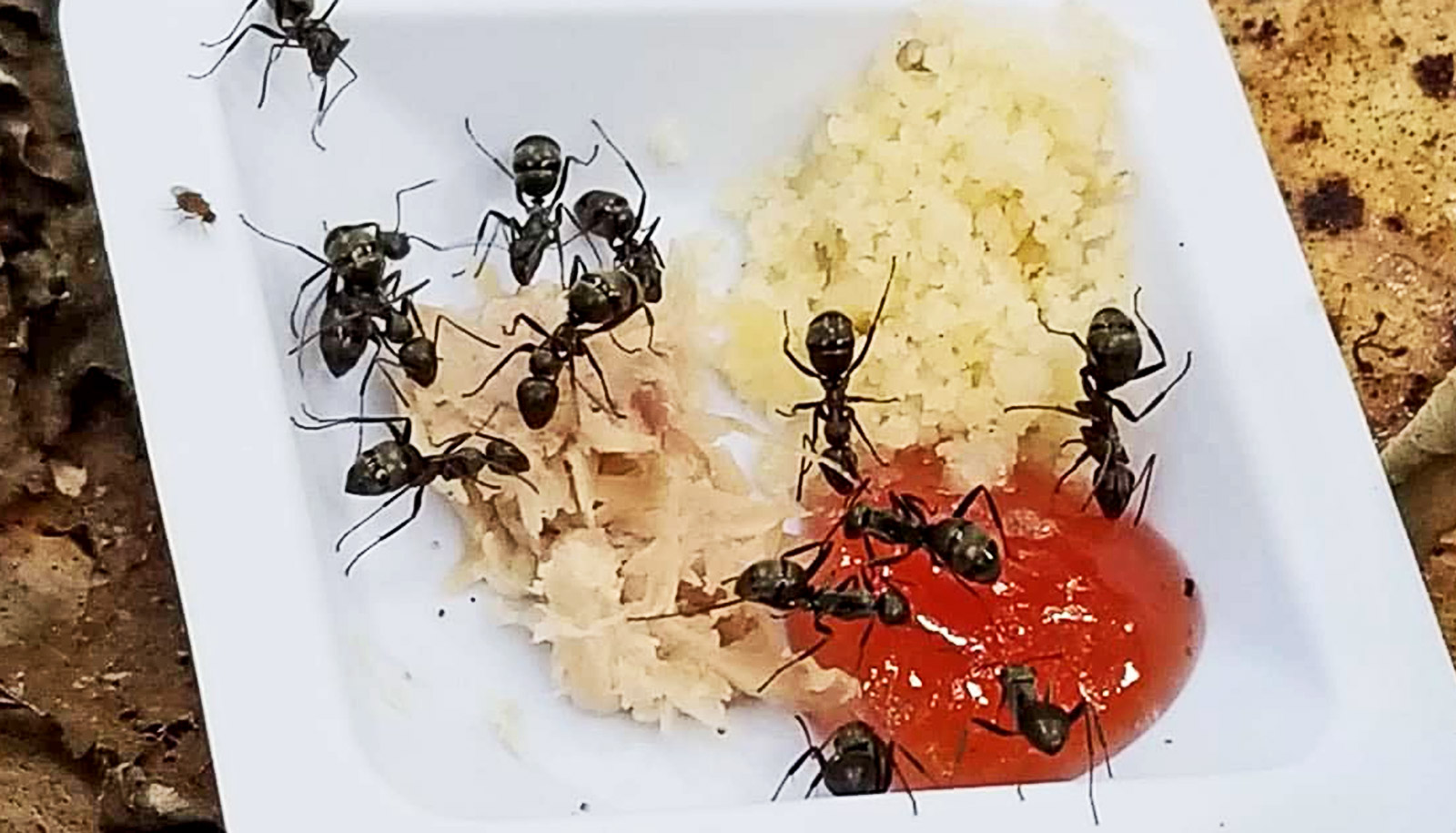Hikers appear to have a strong negative influence on the movement of wildlife, research finds.
A study of Glacier National Park hiking trails during and after a COVID-19 closure adds evidence to the theory that humans can create a “landscape of fear,” as do other apex predators. Their presence seems to change how species use an area.
Researchers found that when human hikers were present, 16 out of 22 mammal species—predators and prey alike—changed where and when they used areas. Some completely abandoned places they previously used, others used them less frequently, and some shifted to more nocturnal activities to avoid humans.
“When the park was open to the public, and there were a lot of hikers and recreators using the area, we saw a bunch of changes in how animals were using that same area,” says Daniel Thornton, wildlife ecologist at Washington State University and senior author of the study in the journal Scientific Reports.
“The surprising thing is that there’s no other real human disturbance out there because Glacier is such a highly protected national park, so these responses really are being driven by human presence and human noise.”
The researchers had also expected to find an effect known as “human shielding,” in which human presence causes large predators to avoid an area, providing opportunity for smaller predators and perhaps some prey species to use an area more frequently. In this case, they found this potential effect for only one species, red fox. The foxes were more present on and near trails when the park was open–perhaps because their competitors, coyotes, avoided those areas when humans were around.
Several species showed a decline in use of trail areas when the park was open, including black bear, elk, and white-tailed deer. Many decreased their day-time activities, including mule deer, snowshoe hare, grizzly bears, and coyotes. A few, including cougars, seemed indifferent to human presence.
While the influence of low-impact recreation is concerning, the researchers emphasize that more research is necessary to determine if it has negative effects on the species’ survival.
“This study does not say that hiking is necessarily bad for wildlife, but it does have some impacts on spatiotemporal ecology, or how wildlife uses a landscape and when,” says Alissa Anderson, a recent master’s graduate and first author of the study. “Maybe they are not on the trails as much, but they’re using different places, and how much does that actually impact species’ ability to survive and thrive in a place, or not? There are a lot of questions about how this actually plays into population survival.”
The study came about in part because of the pandemic. Both humans and wildlife like to use trails, so the researchers had set up an array of camera traps near several trails to study lynx populations in Glacier National Park when COVID-19 hit. In an effort to keep the virus from spreading to the nearby Blackfeet Indian Reservation, the eastern portion of the park was closed in 2020 with only minimal access allowed to administrators and researchers.
This allowed Anderson, Thornton, and coauthor John Waller of Glacier National Park to conduct a natural experiment. They captured images in summer of 2020 when the park was closed as well as in 2021 when it opened again.
Glacier, which covers nearly 1,600 square-miles of northwestern Montana, sees more than 3 million human visitors a year. It is also home to diverse range of animals with almost the full complement of mammal species that has existed in the region historically.
Thornton says park managers are faced with a balancing act between conservation and public use missions.
“It’s obviously important that people are able to get out there, but there might be a level of which that starts to be problematic,” he says. “Some additional research could help get a better understanding of that and help develop some guidelines and goals.”
This study received support from the Glacier National Park Conservancy and the US Department of Agriculture.
Source: Washington State University

